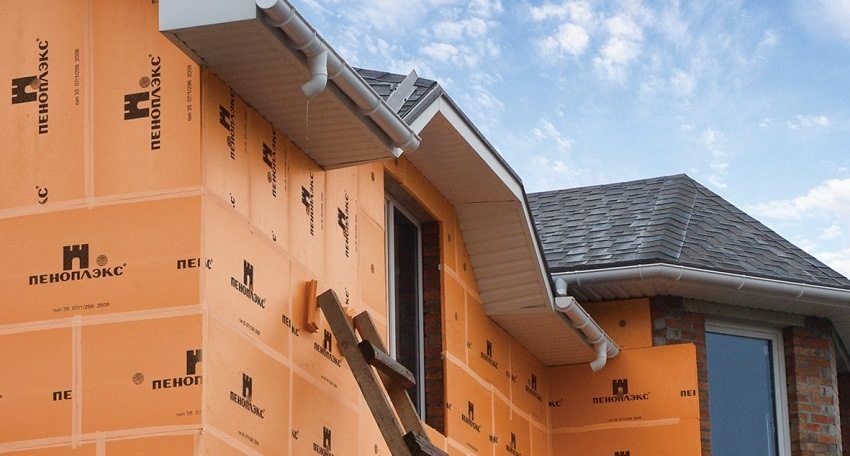Among the existing today a variety of materials intended for finishing the premises, especially stand out decorative plastic panels for the ceiling and walls. Plastic panels are affordable, reliable in operation, easy to install. Produced by domestic and foreign industry in dozens of different types and sizes, colors and shades, shapes and textures, they are able to provide the embodiment of almost any design idea in interior decoration and have been used in decoration and repair work for more than 15 years.
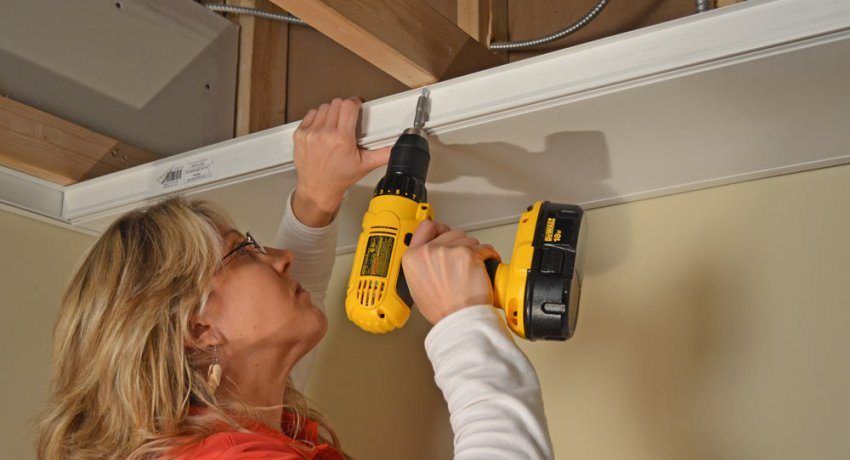
Plastic panels for finishing the ceiling – what are the advantages?
The main criteria for choosing the type of finishing of any premises, both residential and public use, are:
- ease of installation and assembly;
- safety and reliability in operation;
- resistance to adverse factors (moisture, fever, pollution);
- convenience while maintaining cleanliness;
- ease of dismantling to eliminate the consequences of emergency situations;
- reasonable cost, both of the finishing material itself, and of the tools and fasteners necessary for its installation;
- the ability to create a variety of decorative compositions based on a limited number of sizes of material and methods of its installation.
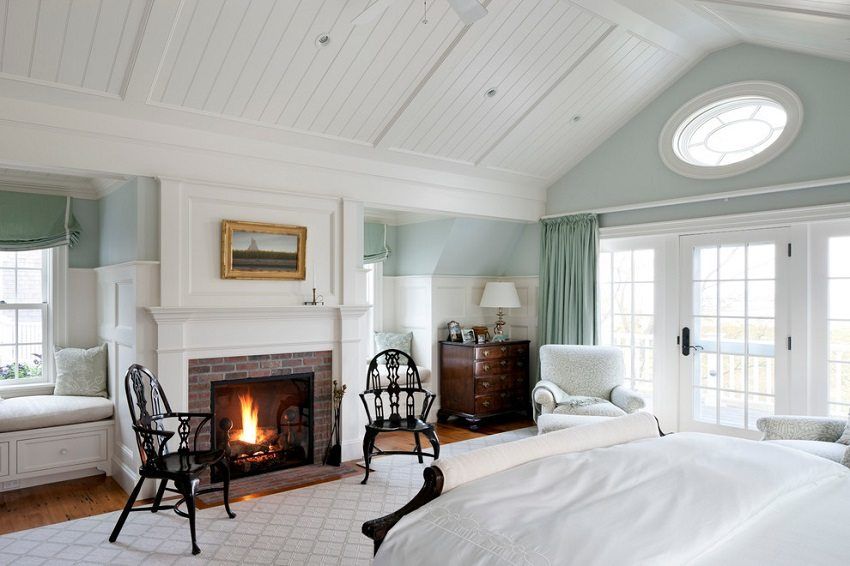
The decoration of the walls and the ceiling of plastic panels in the kitchen and in the bathrooms meets these criteria to the maximum, thanks to the properties of their material and design features. Plastic panels are a hollow “board” of PVC, reinforced by internal stiffeners. Manufacturers produce panels of the following sizes:
- length 2.7-3.0 or 6.0 meters;
- width 25 or 50 centimeters;
- thickness is 5-10 mm.
Helpful advice! Ceiling plates are lighter and thinner than those used to sheathe walls. Accordingly, care must be taken when assembling the ceiling of plastic panels: it’s as easy to damage them with your own hands as with a tool.
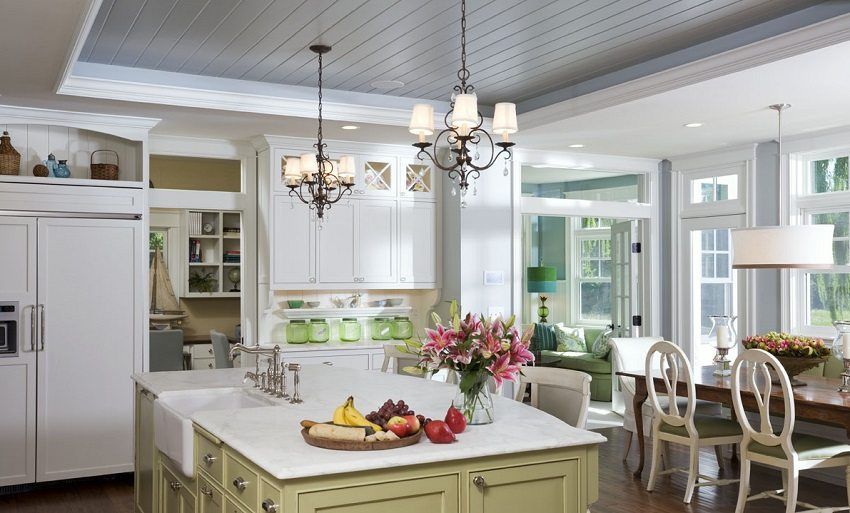
Assembled from plastic panels for the ceiling and walls, the surfaces are easy to install, practical to use, resistant to prolonged exposure to hot fumes, dirt and moisture. They are able to endure extreme loads, i.e. in the event of an accident (breakthrough of water-carrying communications, the bay, etc.), they can hold a large volume of water and withstand heating up to 70-80 ° C. At the same time, the material from which the ceiling panels (PVC) are made does not collapse and does not lose its properties. To repair a structure, it is enough to remove it from the ceiling, dry it and then restore it on the spot.
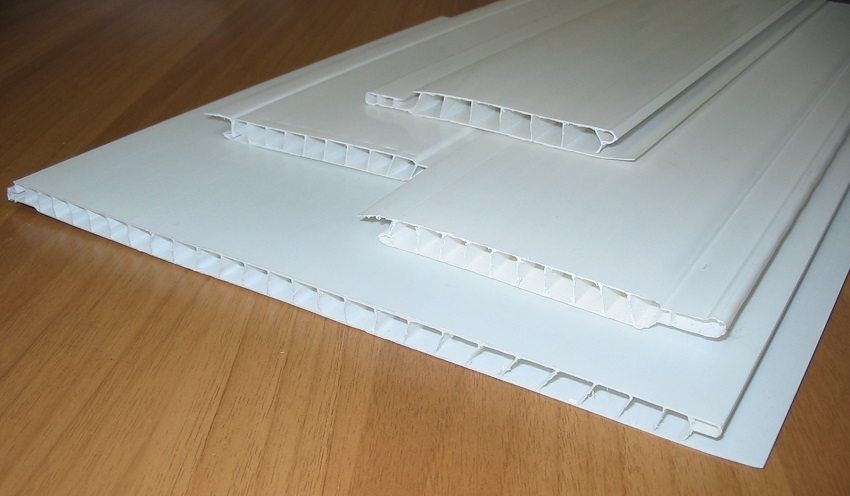
The whole complex of works on the installation of a ceiling made of plastic panels (video and photo instructions will be very useful) can be divided into the following steps:
- Selection and calculation of material.
- Determining the distance between false and base ceilings.
- Installation of frame ceiling.
- The device wiring.
- Installation of plastic panels.
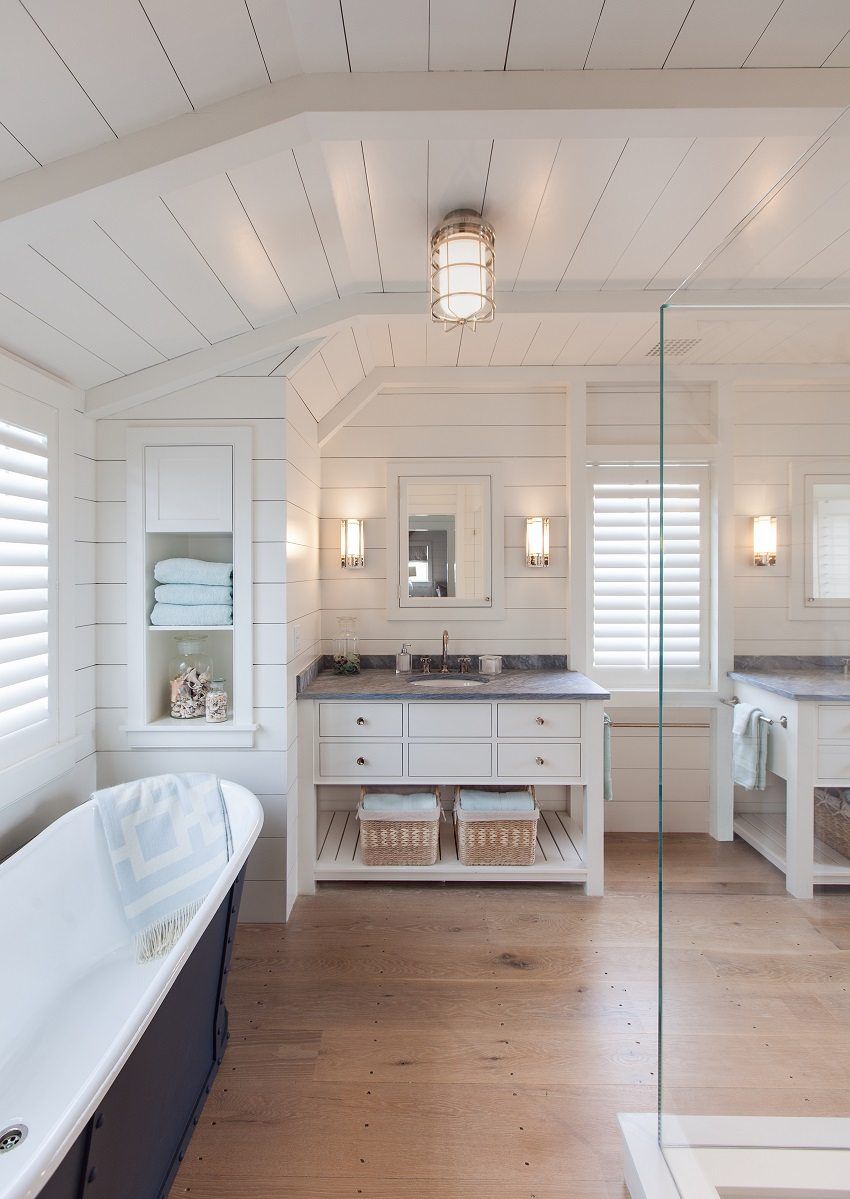
The range of plastic panels for the ceiling, presented on the market of finishing materials, is unusually wide. In accordance with the chosen method of finishing walls and ceilings, plastic panels can be selected with highlighted or hidden seams. Also available are panels of various colors, with or without a pattern, opaque, glossy and mirror, as well as creating an imitation of natural surfaces: wood, stone, metal, etc. The most popular among the consumer are plastic panels measuring 2.7-3.0 meters by 25 cm white, which easily fit into any interior. At the same time, plastic panels are preferable to glossy for a bathroom or for a kitchen: they visually enlarge a small interior.

Helpful advice! For a room whose height is more than 2.70 meters, panels of any color are suitable, but it is better to use pastel, neutral tones. It is advisable to trim low ceilings with mirrored or light-colored plates in order to visually expand the volume of the room.
Plastic panels for the ceiling should only withstand their weight, so they are thinner and less durable than similar products for walls.
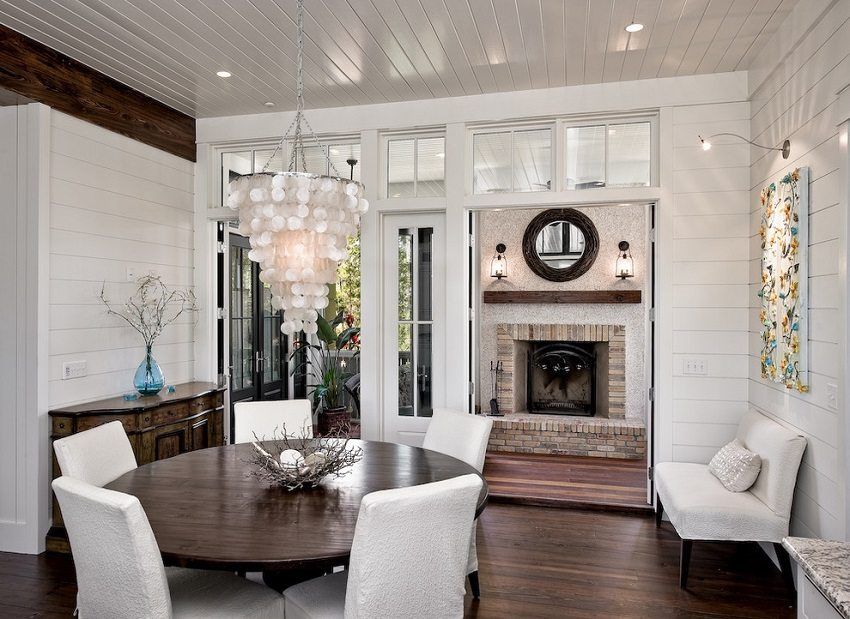
To calculate how much plastic panels are needed for the ceiling, the size of the ceiling (its area) is divided by the area of one panel, which is indicated on the package. The resulting value is rounded upwards and another 15-20% is added for cuts and embedding of gaps.
Helpful advice! It is necessary to correctly calculate the required number of plastic panels, based on the area of the room. The ceiling lining in this case will take the minimum possible amount of time.

In addition to the plastic panels for the suspended ceiling, you will need:
- metal profiles for the frame;
- U-shaped elements for their attachment to the ceiling;
- starting profile;
- 28 mm UD profile;
- ceiling plinth;
- F-profile and / or corners external and internal to eliminate gaps in the corners;
- H-shaped connecting molding (if the length or width of the ceiling is greater than the length of the panel);
- screws and dowels;
- glue or “liquid nails”.

For work will need the following tools and accessories:
- drill or hammer drill;
- measuring tools: tape measure, ruler;
- water level;
- knife with replaceable blade;
- scissors for metal;
- hacksaw for wood or plaster;
- screwdriver;
- masking tape;
- pencil.
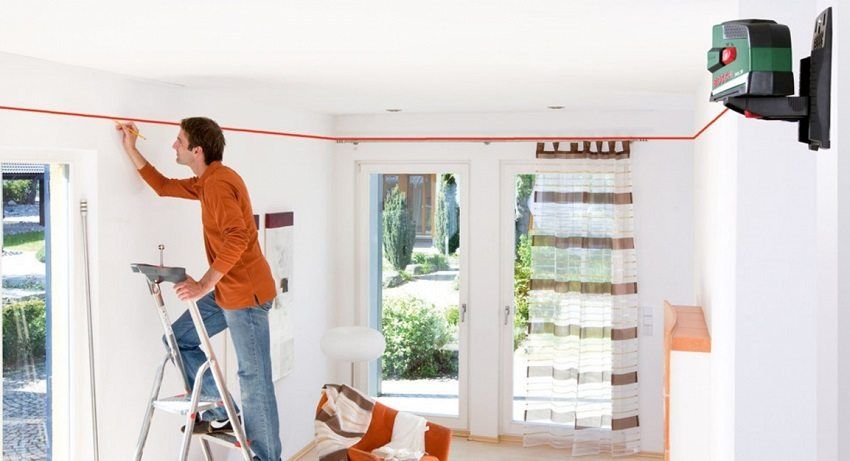
One of the advantages of using PVC panels is the absence of the need for complex surface preparation work. The panels themselves will wonderfully hide the irregularities of the ceiling, its small cracks and defects. It is enough to clean up the crumbling whitewash, if any. After that, it is necessary to clean the surface and treat it with a special composition of fungus and mold.
Helpful advice! It is possible to use wooden bars for making the ceiling frame of plastic panels in the room. Photo or video of the details of the installation of such a frame is easy to find on the network resources dedicated to repair and construction.
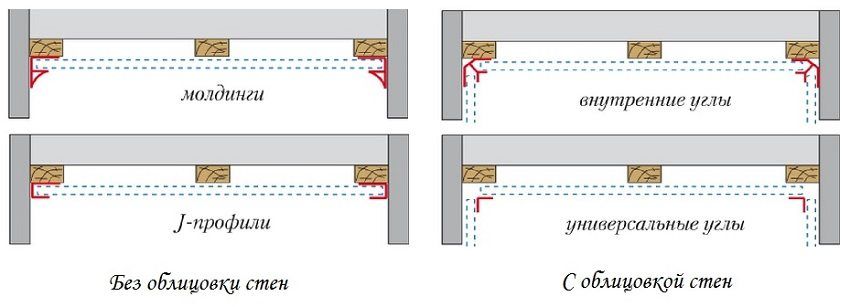
Before starting the installation, the panels should be laid out on a clean, dry and flat surface, so that they can lie down. This will greatly facilitate the process.
- being careful not to damage the panel, with a knife or drill with a special nozzle make holes for lighting devices;
- Before installation, remove the plastic film from the panels.
So, one of the main advantages of using plastic panels for the ceiling is the unique ease of assembly, provided by the features of their design. Butt locks on the sidewalls make it possible to install the ceiling from plastic panels with your own hands. Videos and photos, along with instructions that can be found on the network, clearly demonstrate the entire workflow.

